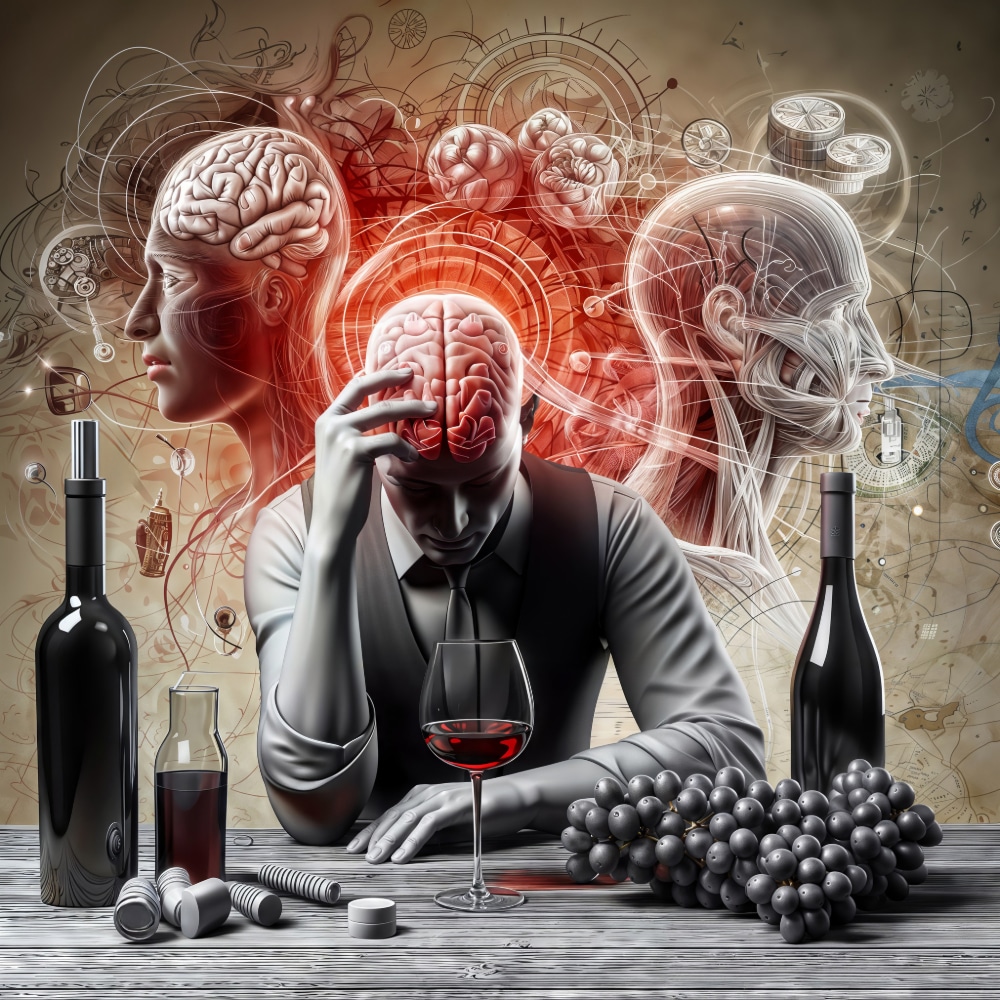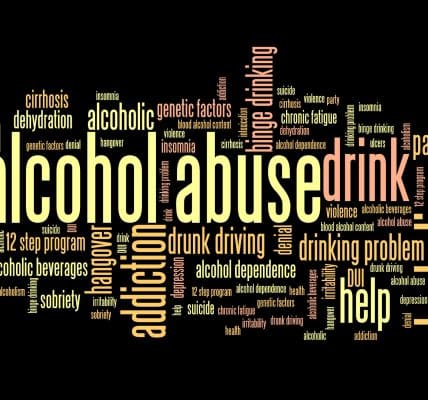Pain, Addiction, and the PVT

In a review article published five years ago in the journal, Frontiers in Behavioral Neuroscience, researchers at the Drexel University College of Medicine in Philadelphia, Pennsylvania, first proposed that “the PVT should be considered as an integral part of the emotional processing network.”
The PVT is short for the paraventricular nucleus of the thalamus, a node in the limbic system. The PVT “participates in both major features of emotion: arousal and valence,” the researchers write. Here are some of the other features of the PVT:
- It is part of the sleep/wake cycle
- It is involved in the reward response
- It contributes to “depression-like behavior”
- It is involved in both promoting and inhibiting anxiety
Activity in the PVT “strongly predicts approach or seeking behavior.” Its activation can also result in “the expression of conditioned fear.” Finally, the PVT is also involved in stress regulation. In particular, researchers say the PVT “functions to suppress the stress response following chronic stress exposure.”
That’s one hot button!
The PVT is connected to other brain regions we write about often at AddictionNews, such as the hypothalamus, the nucleus accumbens, and the amygdala. Researchers have not isolated emotional processing to the PVT, noting:
[A] detailed functional map of the PVT circuits that control emotional responses remains to be delineated.
Fast forward five years, and researchers at Scripps Research in La Jolla, California, have just published a study conducted with rats that indicates the PVT triggers addiction more as an escape from pain than in a search for pleasure.
As summarized in ScienceDaily, the PVT “drives addiction by linking alcohol to relief from withdrawal pain.” Researchers found:
[T]his region becomes more active, driving strong relapse behavior, when rats learn to associate environmental stimuli with the easing of withdrawal symptoms by alcohol.
The study itself is much more explicit about the differences in behavior between rats with a history of dependence and withdrawal, and rats who have not experienced withdrawal:
[R]einstatement of alcohol seeking in rats with a history of [withdrawal] was not only greater but also impervious to motivational challenges including punishment of responding by electrical footshock and increased effort requirements than behavior induced by stimuli conditioned to alcohol in the nondependent state.
It appears the PVT can be quite demanding, driving the cravings that lead to relapse. Researchers hypothesize that quieting the PVT could reduce cravings and relapse rates — and not just for alcohol use disorder (AUD).
ScienceDaily explains that the PVT is particularly active when trying to eliminate pain. The node is implicated in “one of the most stubborn features of addiction: drinking not for pleasure but to escape pain.” They conclude with a highly optimistic prediction about the research:
Findings could lead to treatments not only for substance use disorders but also for anxiety, trauma, and more.
It’s a long road from understanding the functions of the PVT to designing a therapeutic to target it. Once something is found that moderates PVT activation, it would have to go through clinical trials. At least scientists have a node to focus on, whose manipulation could greatly reduce the suffering of people recovering from addictions.
Written by Steve O’Keefe. First published October 20, 2025.
Sources:
“Scientists find brain circuit that traps alcohol users in the vicious cycle of addiction,” ScienceDaily, October 7, 2025.
“Recruitment of Neuronal Populations in the Paraventricular Thalamus of Alcohol-Seeking Rats With Withdrawal-Related Learning Experience,” Biological Psychiatry Global Open Science, November 2025.
“The Paraventricular Nucleus of the Thalamus Is an Important Node in the Emotional Processing Network,” Frontiers in Behavioral Neuroscience, October 28, 2020.
Image Copyright: lidiiaua.




